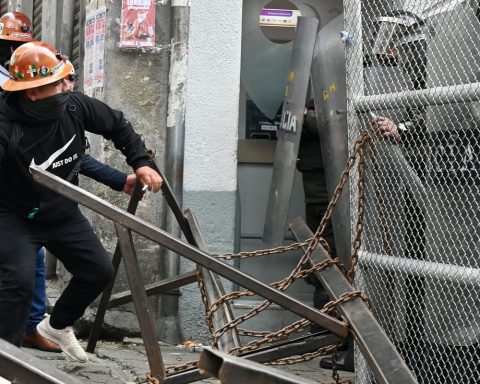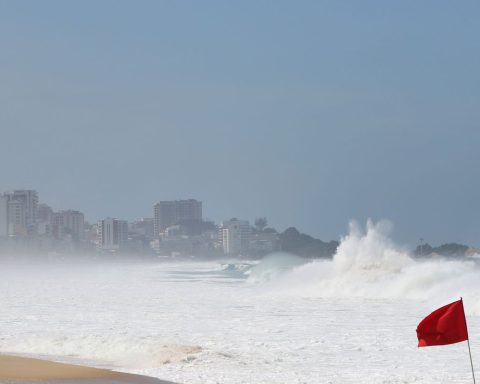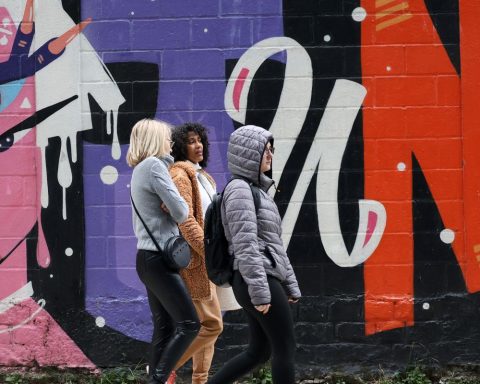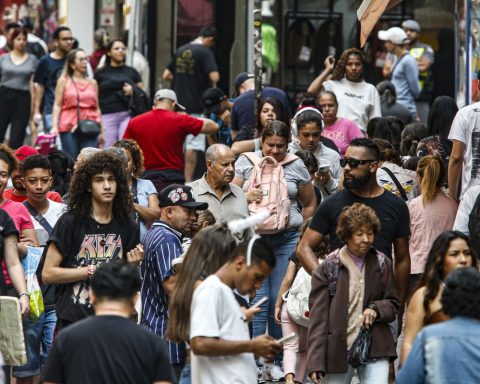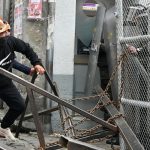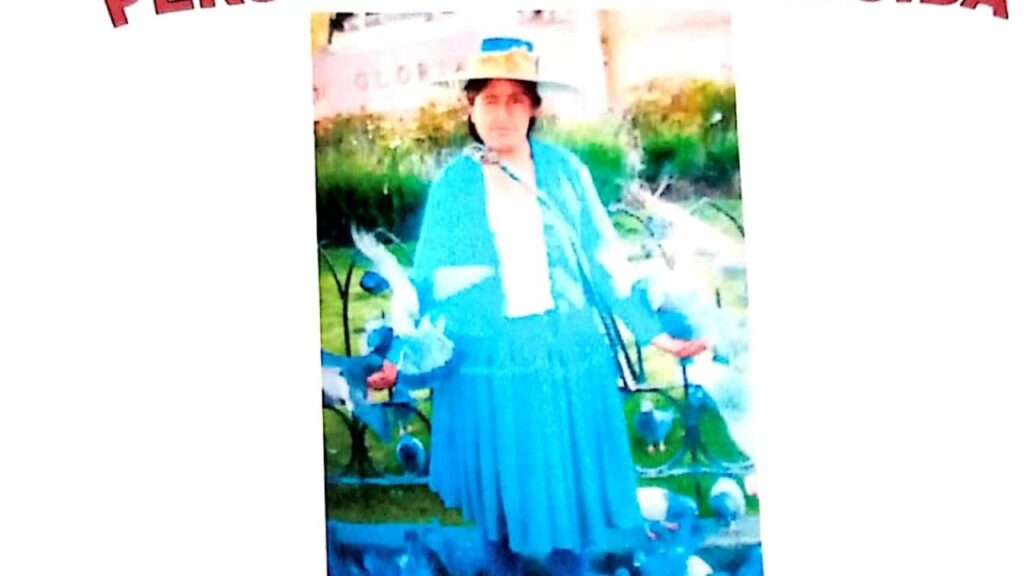President Jair Bolsonaro was this Saturday (7) in the city of Santa Rosa, in the interior of Rio Grande do Sul, where he participated in the National Soy Fair (Fenasoja).
“Fenasoja, birthplace of Brazilian soy, an exhibition of volunteers that shows Brazil and the world the strength of the man of the field”, declared Bolsonaro. “Your work, from Sunday to Sunday, from sunrise to sunset, makes us proud”.
The president visited the harvesters used in the fields. The northwest region of the state is a pioneer in the manufacture of this equipment, being responsible for 60% of all production in the country.
Market
Fenasoja received, in nine days of event, more than 200 thousand visitors and expects another 80 thousand people until the closing, this Sunday (8). The expectation is a turnover of R$ 1 billion in business, including contracts that can be closed even when the fair is over.
An important hub of Brazilian agribusiness, Santa Rosa was the first city in the country to commercially grow soybeans in 1924.
Horst Daltro Steglich, a farmer, is 74 years old and has lived in the countryside since he was a child. He uses state-of-the-art technology on his farm and bets on precision agriculture. Steglich said he came to Fenasoja in search of innovation for his soy and corn crops.
“If we compare 1950, the decade ahead, the 70s, 80s, there was a great evolution. But, today, technology is so important and necessary for the farmer to adapt, otherwise he will not follow, especially in the productive sector”, he said during a visit to the exhibitors.
The event also marked the end of the soybean harvest across the country. For the president of Fenasoja, Elias Dallalba, the performance of the crop was satisfactory. “Even our region of Rio Grande do Sul had a very strong drought, we lost almost 95% of our soybean production, the rest of the country remained with high numbers. Brazil will again have a production record, we will surpass last year and again Brazil will be the largest soy producer in the world”, he declared.
According to Dellalba, Fenasoja emerged in 1966 and became a reference in agribusiness, especially due to the region’s characteristics, with agriculture focused on small and medium-sized properties. The average area per family is no more than 18 hectares in the northwest of the state.
In addition, Fenasoja has a differential. “Here, during the day, we do business and, at night, we celebrate with good national shows. We like to work and celebrate the results,” he said.

